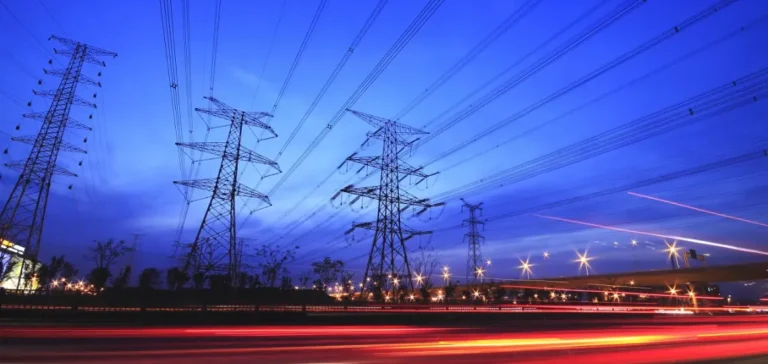Japan could face a significant electricity shortage by 2050, according to the latest projections from the Organization for Cross-regional Coordination of Transmission Operators (OCCTO). This independent body, responsible for overseeing the national power grid, anticipates that the country will experience a substantial rise in energy consumption, driven primarily by rapid growth in energy-intensive technological sectors. The expansion of data centers, semiconductor plants, and widespread adoption of electric vehicles are among the main factors contributing to increased demand. Under OCCTO’s worst-case scenario, this deficit could reach as high as 89 gigawatts (GW) if no measures are taken to replace existing power stations.
Contrasting Scenarios for Japan’s Energy Future
In its report, OCCTO outlines several scenarios for Japan’s future energy landscape. The most critical scenario, resulting in the maximum deficit of 89 GW, assumes a significant rise in electricity demand combined with the lack of replacement or extension of current nuclear and thermal power plants. Conversely, in an intermediate scenario where existing plants are fully replaced, the energy shortfall would decrease to approximately 23 GW. Finally, under an optimistic scenario involving moderate demand and complete renovation of infrastructure, Japan could enjoy an electricity surplus of 12 GW.
A Complex Transition Toward Renewable Energy
OCCTO emphasizes that, to meet future energy demand, the country will have to substantially boost its renewable energy production capacity. The grid operator projects considerable increases in renewable energy capacity—between 170 and 260 GW by 2050—primarily driven by solar and wind energy sources. Nevertheless, the report highlights a significant challenge: maintaining grid stability during summer nighttime peaks, periods when solar generation is unavailable and air-conditioning demand is high. This constraint calls for innovative technical solutions and investment in smart grid management and energy storage infrastructure.
Aging Infrastructure and Required Investments
Existing infrastructure, particularly nuclear and thermal plants, plays a critical role in ensuring the stability of Japan’s power grid. However, their limited lifespan necessitates substantial investments for replacement or thorough renovation in the coming decades. Without such investments, energy availability will be insufficient to meet the country’s growing needs. Additionally, OCCTO advocates significant improvements in regional interconnections, enabling more efficient management of electricity flows between different Japanese regions.
The report issued by OCCTO aims to provide investors, policymakers, and grid operators with a clear and documented perspective on future energy challenges. Decisions made today will significantly influence Japan’s ability to prevent major disruptions in its energy supply in the decades ahead.






















